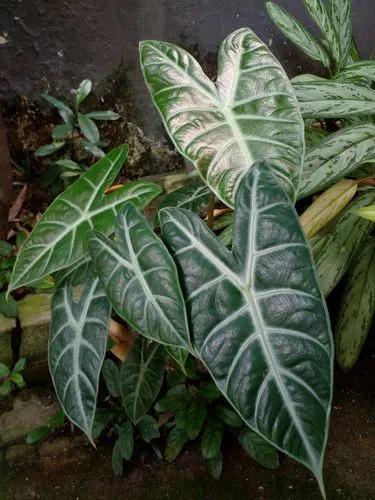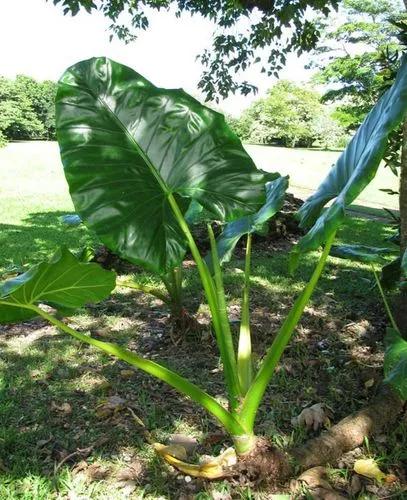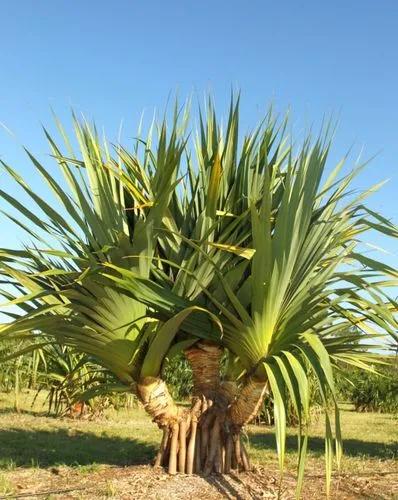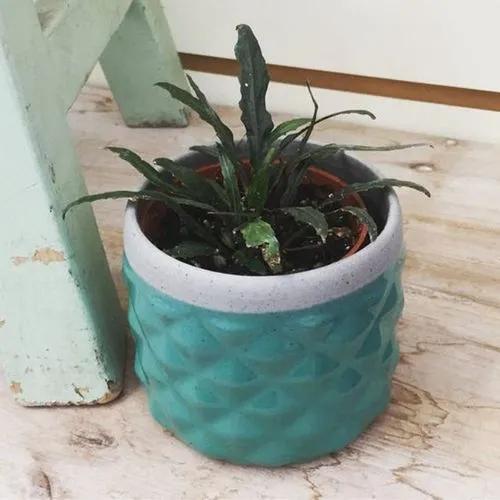Meet an enchanting velvety plant belonging to the daisy Asteraceae family. Its velvety deep green foliage with purple borders is sure to fill the dwelling with peace and comfort.
Purple Velvet Plant Care
Gynura aurantiaca



Commonly known as Purple Velvet Plant and Purple Passion, Gynura aurantiaca is native to Southeast Asia. It’s a perennial small-sized ornamental plant growing to a height of 12 in (30 cm). The hairy deep green foliage with violet framing is a distinctive feature of the Purple Velvet plant. The leaves have an ovate shape and reach 2-5 in (5-13 cm) in length. Purple Passion can produce inconspicuous yellow blooms under the proper care; however, this plant is usually grown for its foliage.
How to Care for the Plant

Water

Give your Purple Passion plant a deep drink once a week, allowing the soil to dry out completely between hydrations. This greenie needs more frequent watering in spring and summer and less hydration in fall and winter.

Pruning

It’s not necessary to prune the Purple Velvet Plant; however, you can practice it to maintain the plant's shape. Pinch back the first set of leaves to the subsequent leaf node if the plant grows vertically too much. Spring is the best time for pruning.

Fertilizer

Once-a-month fertilizing would make this greenie thrive. Dilute a 3-1-3 NPK fertilizer to the half-recommended dose and feed the plant monthly during the spring-summer growing period.

Sunlight

Purple Velvet Plant feels best in a bright place with indirect light. However, it can also tolerate a few hours of direct sunlight. It’s best to place it near an east-facing window to let the greenie enjoy the morning sun and afternoon shade.

Soil

Purple Velvet Plant would feel comfortable in a regular potting mix; however, it’s recommended to amend it with chopped bark and perlite or vermiculite to improve drainage. This greenie would feel best in the ground with 5.5-6.6 pH acidity level.

Propagation

Stem cutting is the most popular way to propagate this plant. Take a healthy stem with several leaves. Remember to cun under the node. Dip the cut end into the rooting hormone powder and place it in a well-draining potting mix. Place the new plant under indirect light and keep the ground consistently moist to let it enroot.

Temperature

Mild temperature of 60–70°F (15-21°C) is what Purple Passion enjoys the most. It’s recommended to keep the plant away from droughts and air vents.

Container

It’s best to choose a pot made of plastic or glazed ceramic not to let moisture evaporate too quickly. Opt for a container with at least one drainage hole to let the excess water flow out easily. As for the size, choose a pot that is 2-3 times larger than the plant's root ball to allow some room for growth.

Fun fact

Despite being purple, the Latin species name “aurantiaca” means orange. This is due to the plant's flowers that bloom in orange.

Popularity

4,269 people already have this plant 302 people have added this plant to their wishlists

Common pests

Aphids, whiteflies, spider mites, scales, and mealybugs are the most popular culprits of Purple Passion. Treat the plant with insecticidal soap in case you notice any infestation signs like webbing, wilting foliage, and leaf drop.

Frequent diseases

Botrytis blight and fusarium wilt tend to affect Purple Passion the most often. These fungal diseases come from overwatering, so it’s important to maintain an appropriate hydration routine. If the plant gets infected, replant the greenie with fresh soil and treat it with a fungicide.

Botanist’s tips

Discover more plants with the list below
Popular articles






